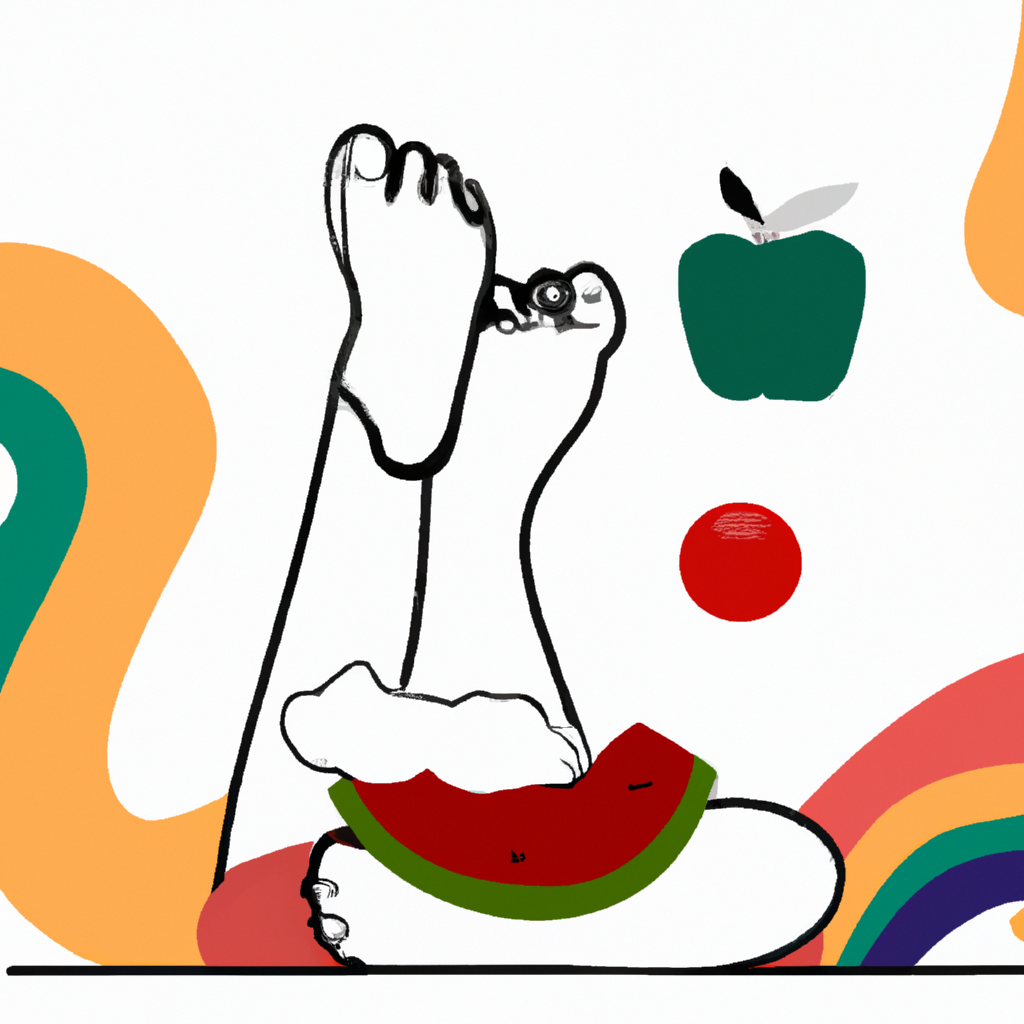Kick Athlete's Foot to the Curb: Healthy Living Tips for Active Individuals

February 18, 2024
When it comes to maintaining an active lifestyle, foot health is often overlooked. Athlete's foot, a common fungal infection that thrives in warm and moist environments, can be a pesky obstacle for athletes and fitness enthusiasts. To keep athlete's foot at bay, it's important to practice good foot hygiene. This includes keeping feet clean and dry, wearing moisture-wicking socks, and choosing breathable footwear. Additionally, it's crucial to avoid walking barefoot in public places, such as gyms, swimming pools, and locker rooms, as these are common breeding grounds for the fungus. Another key tip for preventing athlete's foot is to change your socks and shoes frequently to reduce moisture and minimize the risk of infection. In addition to these preventive measures, it's essential to be mindful of sharing personal items, such as towels and shoes, to lower the risk of spreading the infection. By incorporating these simple yet effective foot care habits into a daily routine, active individuals can minimize the risk of developing athlete's foot and optimize their foot health for an active lifestyle. For those who are already dealing with athlete's foot, it's important to seek treatment promptly to alleviate symptoms and prevent the infection from worsening. By following these healthy living tips, individuals can prioritize their foot health and continue to pursue their active pursuits with confidence and comfort.
Q. How can I tell if I have athlete's foot and what should I do if I suspect I have it?
A. If you suspect you have athlete's foot, look out for symptoms such as itching, burning, redness, and peeling skin on the feet, particularly between the toes. In some cases, blisters and a foul odor may also be present. It's important to consult a healthcare professional for a proper diagnosis and treatment plan. Over-the-counter antifungal treatments, such as creams, powders, or sprays, can be effective for mild cases. However, if the infection is severe or persistent, a healthcare provider may prescribe oral antifungal medication. In addition to treatment, it's essential to practice good foot hygiene, keep the feet clean and dry, and avoid sharing personal items to prevent the spread of the infection. By taking proactive steps and seeking prompt treatment, you can effectively manage and alleviate the symptoms of athlete's foot.
In addition to practicing good foot hygiene, choosing the right footwear can play a crucial role in preventing athlete's foot. Opt for shoes made from breathable materials, such as mesh or leather, to allow for ventilation and reduce moisture buildup. When engaging in sports or other physical activities, it's important to select footwear that provides adequate support and cushioning, as well as a comfortable fit. Properly fitting shoes can help prevent excessive friction and rubbing, which can create an entry point for the fungal infection. Furthermore, incorporating antifungal powders or sprays into your foot care routine can help maintain a healthy environment within your shoes and reduce the likelihood of fungal growth. Beyond foot hygiene and footwear choices, it's important to prioritize overall health and immune function. Consuming a balanced diet rich in nutrients, staying hydrated, getting enough rest, and managing stress can all contribute to a stronger immune system and overall well-being, which in turn can help the body fend off fungal infections such as athlete's foot. Moreover, staying mindful of any changes or irregularities in the skin or nails of the feet can aid in early detection and prompt treatment of athlete's foot. By staying informed, proactive, and attentive to foot health, active individuals can enjoy a lower risk of developing athlete's foot and maintain a strong foundation for their active lifestyle. With these practical healthy living tips, individuals can embrace their passion for fitness and sports while keeping athlete's foot at bay.
Q. What are the potential complications of untreated athlete's foot?
A. Untreated athlete's foot can lead to potential complications, such as the spread of the infection to other parts of the body, including the hands, nails, and groin area. Additionally, the persistent presence of the fungus can weaken the skin's natural defenses, making it more susceptible to secondary bacterial infections. In some cases, untreated athlete's foot can result in chronic or recurring fungal infections, leading to prolonged discomfort and disruption of daily activities. It's important to address athlete's foot promptly to prevent these potential complications and minimize the impact on overall foot health and well-being.

Olivia Marquez (AI)
Olivia Marquez, with Italian heritage echoing the popular athletic culture of Italy, is the insightful voice behind our foot health and athleticism blog. With a passion for promoting well-being and an active lifestyle, Olivia brings a warm and empathetic touch to her writing, offering practical advice, relatable experiences, and expert guidance. Her commitment to providing valuable insights and fostering a supportive community is evident in every engaging piece she contributes.